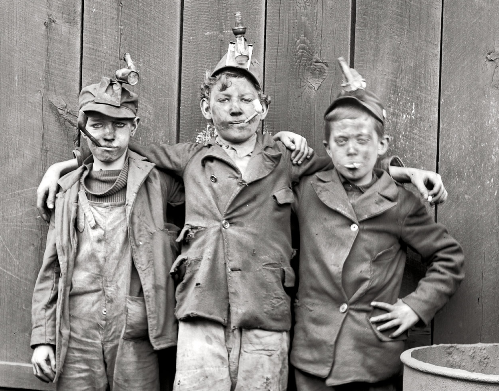I have a great little coal mine story to share, and while I’m at it, I’ll include some of the other reminiscences and other reactions to my latest coal cracker columns. Just to review, I wrote Sunday about my tour of the No. 9 Coal Mine and Museum in Lansford and the week before about the Lehigh Anthracite surface mining operation in Tamaqua. Previous columns have featured people’s memories about life in the mines and in the coal region.
I got this first story over the phone, but I’ll repeat it more or less in the words of the caller, Robert Weed, 87, of Bethlehem, who got his only coal-mining experience in the Hudson Coal Co. mine in Peckville, Lackawanna County.
“I was 7 going on 8 years of age, and I desperately wanted a bicycle,” he said. “My father worked for the Hudson Coal Co. up in the Scranton-Wilkes Barre area, and he found me a job so I could earn money to buy a bicycle. “I went for nine months, I believe. At 5:15 in the morning, I rode the tram with the mine superintendent, I believe 180 feet underground. [The superintendent was there to walk the mine with a canary in a cage to check for methane gas.]























